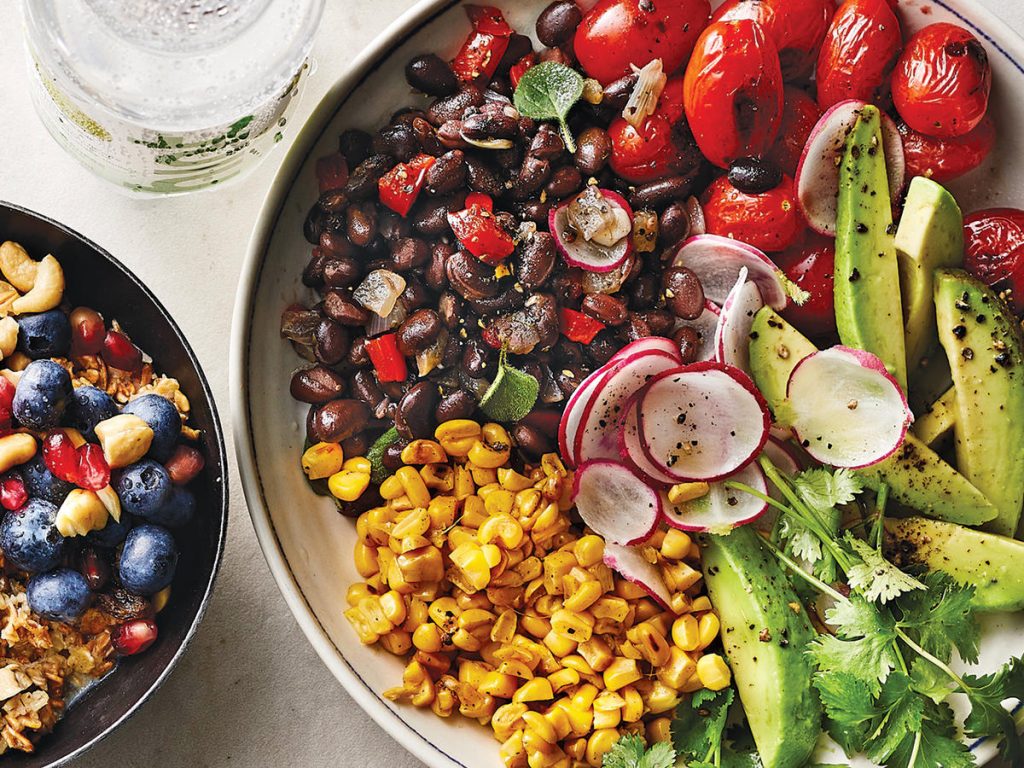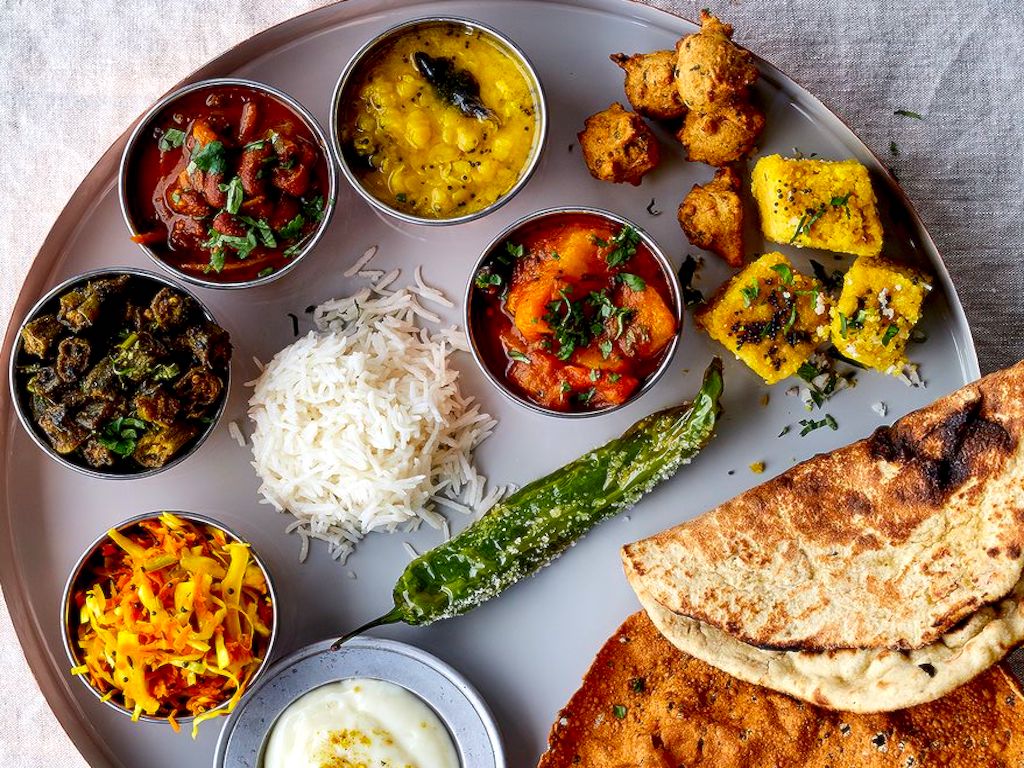There are plenty of options when it comes to making your favorite dishes vegetarian. If you’re not a fan of the taste of meat, there are plant-based alternatives and non-dairy milk alternatives. It’s also possible to add a little bulghur to beans to make them a lighter option. You can also make tacos lighter by adding more vegetables to the mix or pureeing beans. Eggs can also be substituted with tofu or scrambled tofu in some recipes.
Plant-based protein sources
The term plant-based protein is used to describe foods that do not contain animal products, such as dairy products or meat. In other words, plant-based proteins are made from things that grow in the ground, and animal-based proteins are made from animal milk. These foods can be an important part of a vegetarian or vegan diet, and are great sources of protein. But what about these other sources of protein? Here are a few examples of them.
Beans, seeds, nuts, lentils, whole grains, and nut butters are excellent sources of plant protein. Additionally, soy products can be added to dishes as a meat alternative. And while actual vegetables may not have a high protein content per serving, they are great sources of protein. Soy products, such as seitan, are a great alternative. They are great for stir-frying, and are also great for sandwiches.
Plant-based substitutes
Many vegetarians and vegans struggle with the idea of eating meat-free foods, but you don’t have to give up meat entirely. By making plant-based substitutes for meat, you can enjoy a full-bodied meal without compromising on flavor and protein. Here are some ideas to help you make tasty and satisfying plant-based meals. And don’t worry if you don’t know what to substitute for meat in your recipes.
When making your meatless meals, consider incorporating nut-based meats. These alternatives are often minimally processed and packed with protein. And unlike meat, these substitutes have few of the negative health effects associated with animal-based products. And many of them taste just like the real thing. Whether you prefer to have a meatless dinner every week or try a meatless day once in a while, you won’t miss the meat and other animal-based foods at all.
Non-dairy options
There are many options for vegans and vegetarians who want to avoid dairy. Most of these food items can be easily replaced with other vegan and non-dairy foods. For example, you can switch to oat or almond milk if you are allergic to dairy. You can also switch to vegan and non-dairy products like tofu schmear. You can find non-dairy options in bagel sandwiches and salads. You can even opt for curbside pickup.
Dairy Queen offers vegan-friendly drinks, but many of its products still contain milk or eggs. If you are concerned about dairy-free consumption, you can try their Misty Slushes or Misty Freezes, but you must watch for the ingredients. Supreme Banana offers tips for converting its Premium Fruit Smoothies into a vegan treat. Simply replace the yogurt with non-dairy milk and you’ll have a delicious vegan treat.

Making the transition to a vegetarian diet
Many people make the transition to a vegetarian or vegan diet quickly, while others do so slowly. While the first phase may seem daunting, a gradual switch will allow for a smooth transition and time to adapt to a new nutrient-dense diet. By following a step-by-step plan, making the transition to a vegetarian or vegan diet can be as simple and straightforward as possible. To help you with this process, consider eating more plant-based proteins, more water, and more vegetables.
In order to make the transition to a vegetarian or vegan diet easier, you may want to find a vegan community. If you’re not sure where to start, try searching for local vegan groups on Facebook. Once you’ve found a couple of people you’d like to meet, you can exchange recipes or prepare lunch with them. You can also find other people to share the transition with, and try their vegan cuisine. These new friends can also help you find places in your area that offer vegan food.
